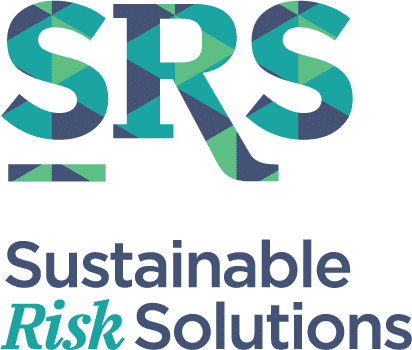I have been reading about Zero harm – as usual, it’s contentious – and I must admit that this blog has been sparked by reading some of my students work on that exact topic. We oldies in the safety world have debated the merits of zero harm since DuPont first touted the concept in the 90’s. I have to admit, I was one of those who supported the approach and tried to implement it. But over the years as I have matured as a practitioner, studied as a student and taught as an academic, my view has changed. Should zero harm go down in history as an abject failure?
Definitely not!
To me zero harm had its place – just like the mullet, trendy at the time, we thought it was sexy – but it has gone past its used by date. It led the charge for achieving better safety outcomes, and as an aspiration, is there anything wrong with that?
Well the time has come. The time to set more realistic objectives for safety. To consider how we can measure the success of our safety management from a perspective of the business meeting its organisational goals. We should consider how safety has contributed to that growth in the Asian market or how it has helped us to increase efficiencies or how has it helped us win that tender. And most importantly; how does having a safe working environment assist us in being an employer of choice?
Gone is the argument “if we accept accidents we accept our people being injured”, managers with that attitude are few and far between. Whether they understand the impact of poor safety management on the business, is another story. We need to be promoting an organisational culture that supports safe working, we need to make it unacceptable to take risky short cuts, to commit to continuous improvement. We live in an ever-changing environment and emergent risk is often not anticipated – risk is always there, it’s how we manage it that is important. Gone are rigid systems; adaptability encourages workers to respond appropriately within the bounds of acceptable variability. We need to support people with the tools to make decisions that promote safe working, provide adaptable systems and a culture of wellbeing.
No, I haven’t gone soft on promotion of safety, nor do I accept the conditions that continually place workers at risk. I just want to continue to achieve the fundamental objective – for everyone to go home from work in a better way than what they came! We want innovation to thrive and a future for our children – we want to do business better!
So, thanks to zero harm for starting the charge but let’s adjust our thinking – become strategic in our approach, look at more innovative ways to show why safety is so important and how we can become responsible corporate citizens.
Oh, and the answer to the question isn’t 42 (for those of you who aren’t baby boomers – google it), but Patrick Swayze.
I think the time has come for Patrick Swayze, the mullet and Zero Harm to all Rest in Peace.

